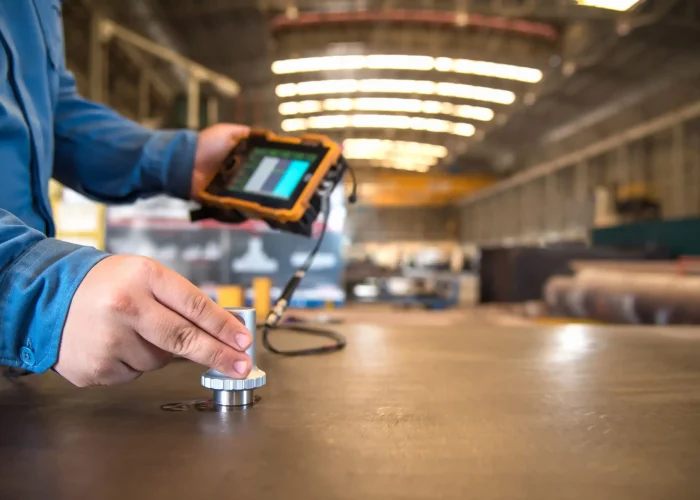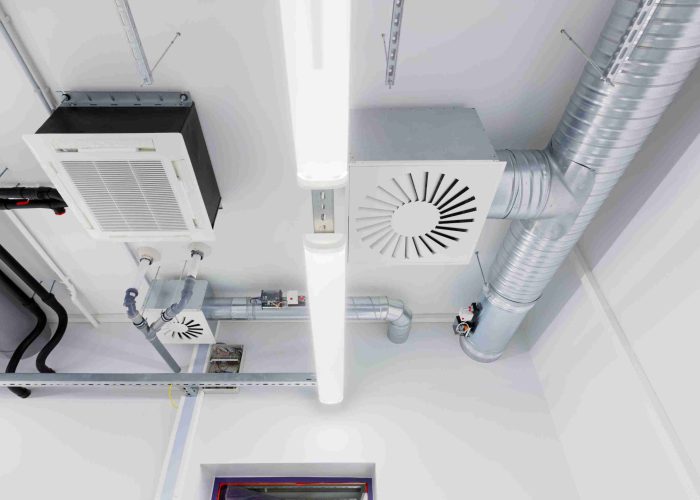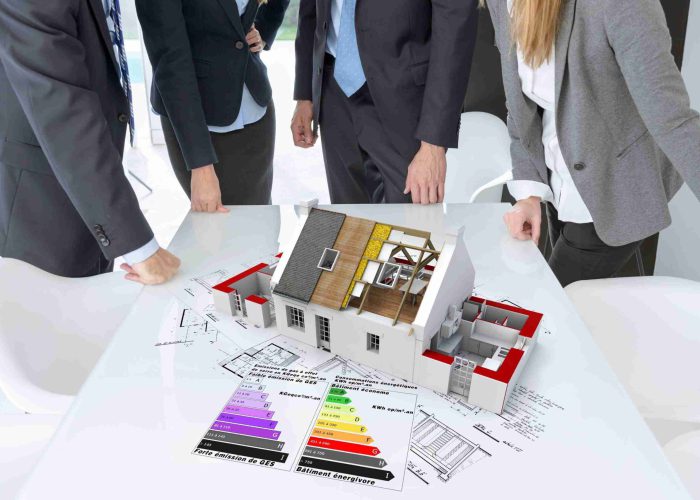Role of Rdt Corps Urban Heat Island
Urban Heat Island (UHI) phenomenon poses significant challenges for urban areas worldwide, exacerbating the effects of climate change and impacting the well-being of residents. In response to this pressing issue, the Rdt Corps has emerged as a key player in UHI mitigation efforts. By implementing innovative strategies and offering tailored services, the Rdt Corps aims to combat the adverse effects of UHI and create more sustainable and resilient urban environments. This article explores the pivotal role of Rdt Corps in addressing UHI, highlighting their impactful initiatives, successful projects, community engagement efforts, collaborations, and the future outlook for urban heat island management.
Introduction to Urban Heat Island (UHI)
Urban Heat Island (UHI) is not the latest summer blockbuster, but a real phenomenon where urban areas experience higher temperatures than their rural counterparts. Picture a concrete jungle trapping heat like a wool sweater on a sunny day.
Understanding Urban Heat Island Phenomenon
In simple terms, UHI happens when buildings, roads, and other structures absorb and radiate heat, creating a heat island effect within cities. It’s like the city turned up the thermostat and forgot to turn it back down.
Impact of UHI on Urban Areas
UHI isn’t just about sweaty commutes; it can lead to increased energy consumption, heat-related illnesses, and even affect air quality. Think of it as nature’s way of saying, “Maybe consider some greenery, folks.”
Role of Rdt Corps in UHI Mitigation
Rdt Corps isn’t just a cool name for a band; they’re on a mission to tackle UHI head-on with green thumbs and hard hats.
Rdt Corps Mission and Initiatives
Rdt Corps isn’t here to play twiddling thumbs. Their initiatives focus on combating UHI through innovative solutions and good ol’ elbow grease. It’s like the Avengers, but with shovels instead of capes.
Benefits of Rdt Corps Involvement in UHI Management
With Rdt Corps in the ring, cities can expect cooler temperatures, improved air quality, and a dash of greenery to spice up the concrete jungle. It’s like turning down the heat and opening a window to let the breeze in.
Strategies and Services Offered by Rdt Corps
Rdt Corps doesn’t just plant a tree and call it a day; they’ve got a toolbox full of solutions to combat UHI and bring some chill back to the city.
Green Infrastructure Solutions
From rooftop gardens to permeable pavements, Rdt Corps is all about bringing nature back into the urban landscape. It’s like giving the city a green makeover, one plant at a time.
Cool Roof Installations
Cool roofs aren’t just for looking stylish; they reflect sunlight and reduce heat absorption, keeping buildings cooler and city temperatures in check. It’s like putting on sunglasses for your house.
Tree Planting Programs
Trees aren’t just pretty faces in the park; they provide shade, absorb CO2, and cool the air through evapotranspiration. Rdt Corps is on a tree-planting spree to bring some leafy relief to the concrete desert.
Case Studies of Successful UHI Projects
Rdt Corps isn’t all talk and no action; they’ve got the success stories to prove that fighting UHI is more than just a pipe dream.
Urban Parks Development
By transforming vacant lots into lush green spaces, Rdt Corps has created cool oases in the midst of urban heat islands. It’s like finding a hidden gem in the concrete maze.
Heat-Resistant Pavement Installations
Forget hot pavement burning your feet; Rdt Corps’ heat-resistant pavements keep the ground cool and pedestrians happy. It’s like walking on sunshine without the burn.# Community Engagement and Public Awareness Initiatives
Education and Outreach Programs
Rdt Corps Urban Heat Island services aren’t just about combating the heat; they’re about spreading knowledge like butter on toast. With education and outreach programs, we equip communities with the info they need to stay cool and kick UHI to the curb.
Partnerships with Local Organizations
Teaming up with local legends is our jam. By partnering with organizations in the hood, we create a united front against urban heat islands. Working together, we amplify our impact and bring the cool factor to the streets.
Collaborations and Partnerships for UHI Solutions
Government Agencies Collaboration
Who said government work is boring? By collaborating with government agencies, we’re turning up the heat on UHI solutions. Together, we’re cooking up strategies that’ll make even the sun jealous.
Private Sector Partnerships
We’re not just chilling; we’re thriving with private sector partnerships. By teaming up with businesses, we’re turning the heat into an opportunity for innovative solutions. It’s a win-win for everyone involved.
Future Outlook and Innovation in Urban Heat Island Management
Technological Advancements
Gone are the days of sweating bullets. With technological advancements in our arsenal, we’re armed and ready to take on urban heat islands like never before. From smart sensors to cool roofs, the future looks brighter and cooler.
Research and Development Initiatives
We’re not just dreaming of a cooler future; we’re making it happen with research and development initiatives. By investing in R&D, we’re paving the way for groundbreaking solutions that’ll make urban heat islands a thing of the past. Who said beating the heat couldn’t be cool?In conclusion, the dedication and expertise of the Rdt Corps in tackling the challenges posed by Urban Heat Island have not only improved the quality of urban life but also paved the way for a more sustainable future. As we look ahead, it is evident that continued collaboration, innovation, and community involvement will be key in effectively managing and mitigating the impacts of UHI. With the ongoing efforts of organizations like Rdt Corps, there is hope for creating cooler, greener, and more resilient cities for generations to come.
Building Energy Simulation
Building Energy Simulation is a method used to predict and evaluate the energy performance of a building. It involves creating a virtual thermal geometry model of a building, including its structure, envelope, heating and cooling systems, ventilation, lighting, appliances, surrounding buildings and related parameters. The model is then used to simulate the energy use of the building under different scenarios, such as changes in building orientation, insulation, lighting systems, upgrading HVAC system, various energy conservation measures, renewable energy and payback. The aim of Building Energy Simulation is to help architects, engineers, energy consultants, and building owners to make informed decisions about energy-efficient design and retrofitting strategies, which can reduce energy consumption, improve indoor comfort, and decrease greenhouse gas emissions.

Calibration Modelling
Calibration modeling is a process used in building energy modeling to improve the accuracy of the predictions made by the model. The calibration process involves adjusting the input parameters of the model to match the actual energy consumption data of a building. The calibration process begins with collecting energy consumption data from the building over a certain period, typically a year or more. This data is used to compare the predicted energy consumption from the model with the actual energy consumption of the building. If there is a significant difference between the two, the input parameters of the model are adjusted until the predicted energy consumption matches the actual energy consumption as closely as possible. Calibration modeling is important because building energy models are often based on assumptions and simplifications that may not accurately reflect the actual behavior of a building. By calibrating the model to match the actual energy consumption data, the model can be used with more confidence to evaluate the performance of different building energy efficiency measures and to make informed decisions about building design and retrofitting strategies.

Load and HVAC systems Analysis
HVAC load refers to the amount of heating or cooling required to maintain a comfortable indoor environment in a building. It is calculated based on a variety of factors, including the size and layout of the building, the number of occupants, the amount of sunlight that enters the building, the type and quality of insulation, and the local climate. To determine the HVAC load for a building, HVAC engineers use specialized software programs such as IESVE (dynamic thermal simulation tool) that take into account all of these factors and calculate the amount of heating or cooling required to keep the indoor environment at a comfortable temperature. This information is then used to design and size the HVAC system for the building, including the size of the air conditioning units, ductwork, and other components. Properly sizing the HVAC system is important, as an undersized system will struggle to maintain the desired temperature and will use more energy to do so, while an oversized system will be inefficient and waste energy and money. By accurately calculating the HVAC load, engineers can design a system that is both energy-efficient and effective at maintaining a comfortable indoor environment and saves operational cost considerably.

LEED / IGBC / GRIHA / WELL Certification
We provide services to comply for various green building rating such as LEED, IGBC, GRIHA, WELL certification. Feasibility analysis and studies can pe performed to assess the project potential.

Renewable Generation Potential
The potential for renewable energy generation varies depending on factors such as geography, climate, and available natural resources. Some of the most common forms of renewable energy include solar, wind, hydro, geothermal, and biomass energy.
Solar energy: The potential for solar energy generation depends on the amount of sunlight a location receives. In areas with high levels of solar radiation, such as deserts or tropical regions, solar energy can be a highly viable source of renewable energy.
Wind energy: The potential for wind energy generation depends on the average wind speeds in a particular area. Locations with consistent, high-speed winds, such as coastal regions or mountain passes, are ideal for wind energy generation.
Overall, the potential for renewable energy generation is vast and depends on a combination of natural resources, geographic location, and technological advancements. With continued innovation and investment, renewable energy has the potential to become a major source of energy in the future.



